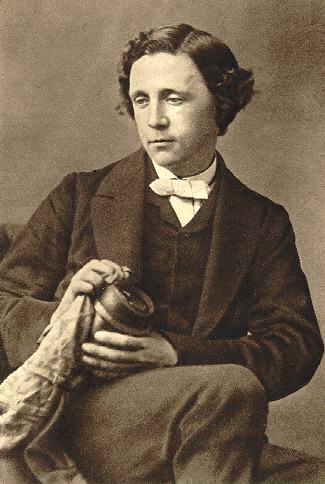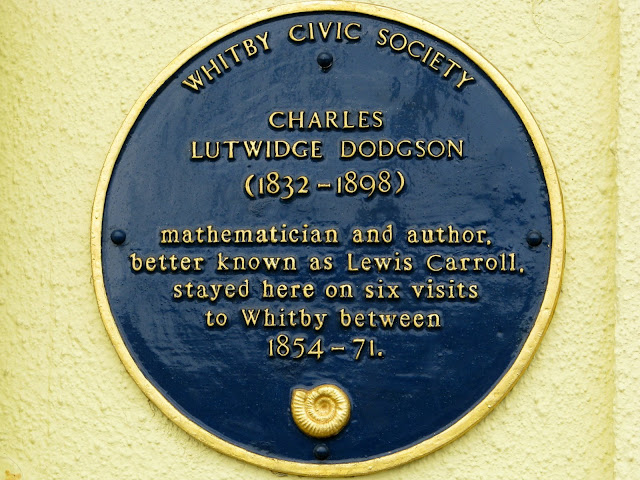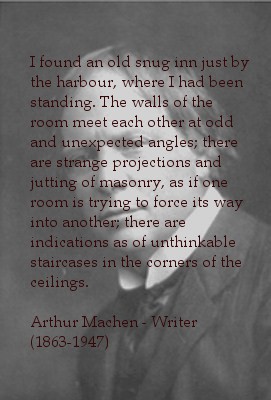 Sir Hugh Cholmley was one of Whitby’s greatest benefactors, helping to completely redefine the town in the early 17th century. In 1632 he was charged with building a stone pier at the mouth of the harbour. A necessary improvement which enabled the town to accommodate the new alum mining industry and the subsequent increase in shipping it brought.
Sir Hugh Cholmley was one of Whitby’s greatest benefactors, helping to completely redefine the town in the early 17th century. In 1632 he was charged with building a stone pier at the mouth of the harbour. A necessary improvement which enabled the town to accommodate the new alum mining industry and the subsequent increase in shipping it brought.Upon completion of the pier, Sir Hugh Cholmley found that his engineering skills had been noted and held in the highest regard, eventually winning him a royal commission to build a gigantic Mole (a defensive harbour wall) in Tangier.
Up until 1661 the sea port of Tangier in Morocco had been under the rule of the Portuguese, but was ceded to England as part of the dowry of Catherine of Braganza on her marriage to Charles II.
Work on the foundations began in the August 1663, but immediately the project was beset by a number of problems. The main one being that the cost of the project had been considerably underestimated. Cholmely decided to source the building material from a nearby quarry, which was immediately christened 'Whitby' by the Yorkshire miners. As the project continued Cholmely built ‘a little town’ at Whitby to house the workmen and their families, with stabling for ninety horses, storehouses for provisions and materials of all sorts'.

A plan of Tangier from an engraving by I. Seller dated 1680. The area named Whitby is highlighted in yellow.
When eventually the Mole was finished in 1676, it was described as ‘in its design the greatest and most noble undertaking in the world’ and was said to be 'now near 470 yards long and 30 yards broad, with several pretty houses upon it and many families. On the inner side twenty four Arched Cellars and before them a curious walk, with pillars for mooring of ships'. Also housed on the Mole was a vast array of guns readied for the port’s defence. The Mole at Tangier, engraved for the first edition of Rev. John Smith's 1825 edition of Samuel Pepy's diary.
The Mole at Tangier, engraved for the first edition of Rev. John Smith's 1825 edition of Samuel Pepy's diary.
Sadly the commissioning of the Mole seemed to be the only success story of the English occupation of Tangier, as in all that time the management of the city itself had been left to Governors who had very little interest in maintaining a profitable and sustainable outpost on the North African coast. It was in 1680 that Whitehall finally ran out of patience and money and decided that Tangier had become expendable.
In 1683 Lord Dartmouth and his fleet set sail from England with secret instructions to abandon the city and destroy the Mole. Samuel Pepys was assigned the job of 'taking stock of the colony and winding up any unfinished business', and it was he who described its final destruction.
Bombs were planted under the Mole arches, at first unsuccessfully, but later with more exciting results. Pepys rushed from his dinner, on one occasion, to watch as a great mine cracked the Mole from side to side, showering rubble over the harbour and the ships in the bay. Later he stood at a window with Lord Dartmouth to observe the end of the Mole shoot up into the night sky, falling in fragments all around them. It was as good as a firework display.
Eventually on the 6th February 1684 Lord Dartmouth set sail for England leaving behind him the ruined city of Tangier, which on his departure immediately fell into the hands of Moulay Ismail and the Berber tribesmen of the Rif.
 Source material - Tangier City of the Dream by Iain Finlayson
Source material - Tangier City of the Dream by Iain Finlayson
Enid Routh - Tangier (1912)
Written by RICHARD LOCKER exclusively for OUT ON YE!
.jpg)








